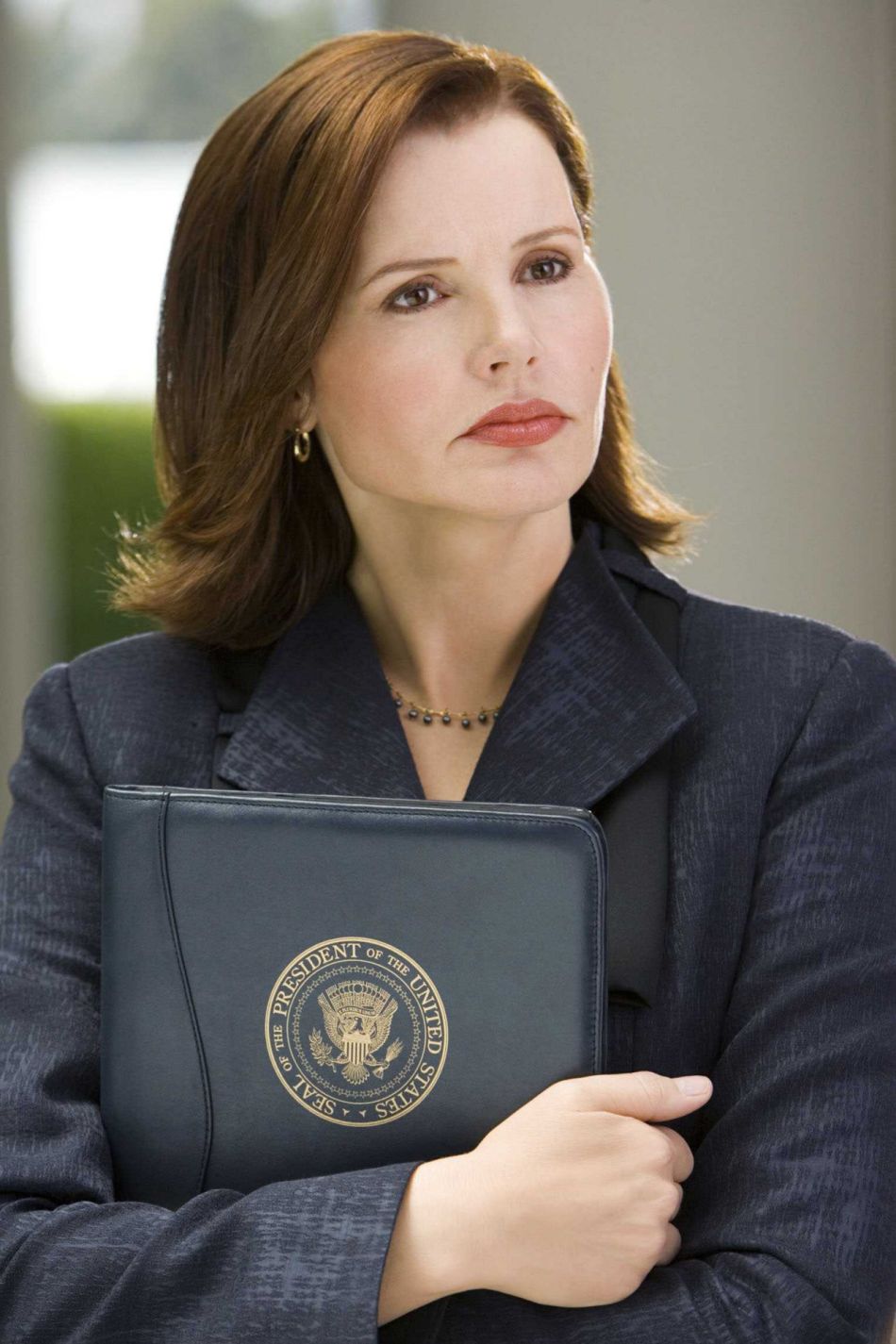
The election of Kamala Harris as vice president was a momentous event, but it also highlighted the persistent contradiction: While women leaders have been imagined for decades in art, the real world has barely begun to accept that possibility. Will life end up imitating art this time?
A month before the U.S. presidential election, the race between former President Donald Trump and Vice President Kamala Harris is still very close, to the point that the polls still do not show leads greater than the margin of error of the surveys they are based on (about 3%).
If Trump wins, he will be the second U.S. president to serve a second, nonconsecutive term. The first was Democrat Grover Cleveland, who was president from 1885 to 1889 but lost his reelection bid in 1888 to Benjamin Harrison. Despite this, he ran again in 1892 and won another term, from 1893 to 1897.
However, if Harris wins the election, it will be a historic moment of much greater significance: She will be the first woman to be elected U.S. president. And in addition to that, she is the daughter of a mother from India and a Jamaican father.
For decades, U.S. popular culture has been pioneering in imagining a woman as the country’s president. Women presidents have been presented in novels, films and TV series. On the screen, strong women have been in the White House facing crises, making crucial decisions and leading with determination.
Series like “Commander in Chief” (2005-2006), with Geena Davis in the role of President Mackenzie Allen and “Veep” (2012-2019) with Julia Louis-Dreyfus as the chaotic but crafty Selina Meyer, have portrayed women at the center of power.
On “24,” Cherry Jones played President Allison Taylor in seasons 7 and 8, confronting various international crises, while on “Supergirl,” Lynda Carter (famous star of the TV series “Wonder Woman”) portrayed Olivia Marsdin, a president who is secretly an alien.
Literature hasn’t lagged far behind. For example, Jeffrey Archer imagined Florentyna Kane as the first female president in his novel “The Prodigal Daughter” (1982), a sequel to his bestseller “Kane and Abel.”
Many years later, there was President Charlotte Kramer in “Madam President,” a novel by Nicolle Wallace, a former White House adviser. Wallace shows us Kramer as the U.S. president, following her life and career while she deals with an international crisis.
For his part, Ken Follett, in his recent thriller “Never,” gave us Pauline Green, a woman president struggling against a global crisis that threatens to spark a world war.
On the big screen, as well, there have been films in this vein. A case in point is the comedy “Kisses for My President” (1964), in which Polly Bergen plays Leslie McCloud, the first U.S. woman president, while her husband is coming to grips with his role as the “first gentleman.”
And in “Air Force One” (1997), Glenn Close portrays Vice President Kathryn Bennett, who assumes a crucial role during the hijacking of the presidential plane, Air Force One, while the president (played by Harrison Ford) is on board. In the film, Bennett does not end up formally assuming the presidency. However, she faces intense pressure from some in the administration and the military who are trying to invoke the 25th Amendment to the U.S. Constitution, which permits the temporary transfer of presidential power to the vice president in the event that the president is incapable of carrying out the duties of office.
Obviously, we can’t fail to mention the animated series “The Simpsons,” which projects Lisa Simpson as a woman president in a satiric future, reinforcing the idea that women in political leadership positions is inevitable.
The reality, however, has been very different. The U.S., which prides itself on being a pioneer in many areas, has not yet managed to elevate a woman to the presidency.
Throughout U.S history, there has only been one really serious attempt by a woman to reach the White House: Hillary Clinton, who in 2016 became the first woman Democratic Party presidential candidate in U.S. history. Clinton won the popular vote by more than 3 million votes but lost the Electoral College vote to Donald Trump. This left many with the sense that the gender gap for the presidency still remains difficult to close.
Even though Clinton’s candidacy represented a significant step forward, there continued to be unmistakable cultural and political resistance. Before Clinton, there were some women who cleared the road to leadership positions at the national level. One of these was Shirley Chisholm, who in 1972 was the first African American woman to run for the Democratic Party’s presidential nomination. And there was Geraldine Ferraro, who, in 1984, was chosen by Democratic presidential candidate Walter Mondale as his running mate.
The current situation seems to show gradual progress. In 2020, the election of Kamala Harris as vice president was a historic landmark, but it highlighted the persistent contradiction: While women leaders have been imagined in fiction for decades, the real world is barely starting to accept that possibility. Will life end up imitating art this time?

Leave a Reply
You must be logged in to post a comment.